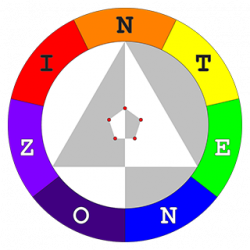Imagine going into a restaurant. You see a nice decor, with tables laid out in an orderly fashion, pretty tablecloth, walls sprinkled with beautiful artwork, ambient lighting, etc. You pick up the nicely done up menu with attractive photos, juicy titles, succulent descriptions and a myriad of options for each dish.
Hidden from your view is the well-equipped kitchen with its capable team of chefs, frantically preparing the orders, using ingredients from the well-stocked fridges/freezers. At the end of each day, the staff will clean up the restaurant, fix up anything that is spoilt and prepare for the next day.
Every month or so, the head chef and the restaurant manager will sit down to review the menu and think of new dishes and promotions. If new ingredients are needed, they would need to be sourced from current or new suppliers. Arrangements would need to be made with the printers to print out the new menus and posters for the promotions. The decor, artwork and even the tablecloth may need to be changed depending on the occasion, e.g. Valentine’s Day.
Now, imagine an app/website being the restaurant. What you see on your phone or monitor is like that of the 1st paragraph (frontend user interface). You can browse and order all you like but if there is no kitchen (backend server) or food storage (database), nothing will work. And building a CMS (Content Management System) to edit the contents of the app/website is like automating the entire process described in the paragraph before this.
Many people think making an app/website is easy. It isn’t. Hope this simplistic analogy of mine helps. Adhuc 🙂

